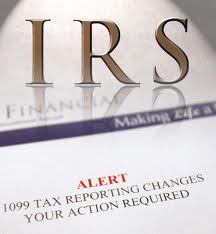 Cost Basis Reporting (CBR) is the process of identifying the cost of a security, particularly in terms of the rules and regulations implemented by the Internal Revenue Service (IRS).
Cost Basis Reporting (CBR) is the process of identifying the cost of a security, particularly in terms of the rules and regulations implemented by the Internal Revenue Service (IRS).
Recently, CBR via brokerages underwent major changes as of Jan. 1, 2011 as a result of the Emergency Economics Stabilization Act of 2008, written to address the problems wrought by the Great Recession.
Cost basis is the difference between the value of an asset, or its cash price, and its future price. In other words, when people calculate CBR, they determine the capital gain of a security. This information is then used by the IRS to ensure accuracy in accounting.
The financial instruments covered by the stabilization act include bonds, commodities and derivatives, among other securities. In addition, financial service professionals including brokers, tax return preparers and taxpayers are required to understand the higher standards for CBR and to submit reports to the IRS in order to avoid penalty fees of up to $5,000.
Brokers are required to report cost basis as the amount of cash paid by a client when the security was acquired, including adjustments for commissions and fees related to the transaction, such as a stock split. Brokers must file this information with the IRS as well as the client’s gain or loss from a sale.
In addition, when brokers transfer securities, the broker who receives the financial instruments must obtain a statement about them, allowing the broker to determine the client’s cost basis.
The brokers that issue the securities are also required to file an IRS return, including a statement to all shareholders describing any corporate actions.
Under the new law, industry observers estimate that the IRS is expected to receive up to $6.1 billion in extra revenue from the investment gains, money that was previously not collected due to inaccurate reporting.
To hear more about Cost Basis Reporting, attend FTF’s 6th Annual Corporate Actions Processing conference in New York City on Oct. 3rd.
Need a Reprint?
Leave a Reply